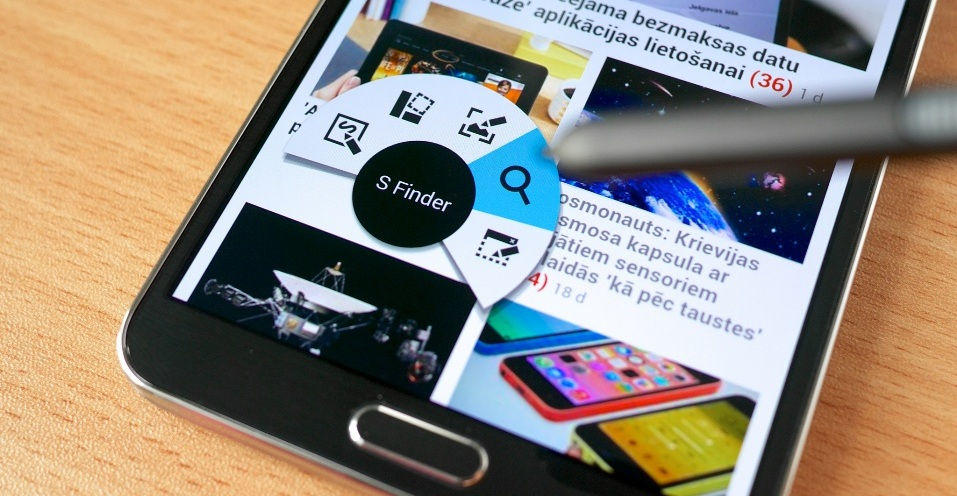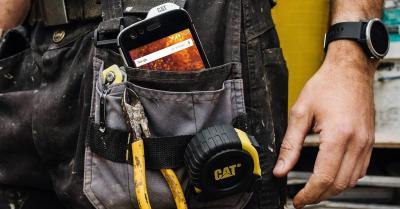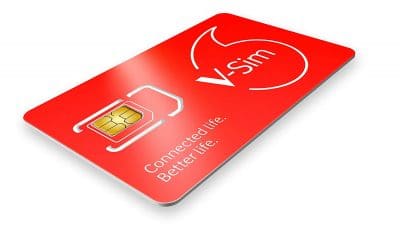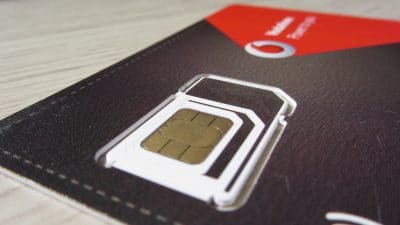The Best Phablets on the Market – Pros and Cons
Phablets have a lot to offer, and they're certainly one of the fastest growing niches on the smartphone market. With all the functionality of a phone alongside the larger screen of a tablet, a phablet offers you two for the price of one. You get excellent viewing, as well as all the phone functions you need, and you only need to carry one device around with you. But with all the phablets on shelves these days, you might be a little confused as to which is going to be the one to go for. And that's where we come in. Today we're taking a look at some of the best phablet options around, no matter which operating system you're a fan of…
The Pros and Cons of a Phablet: What Should You Go For?
Phablets are the new big thing, quite literally, on the mobile market, but are they right for you? We're taking a look at the pros and cons of opting for a phablet, as well as giving you some great model choices. Is it time to upgrade to something, well, bigger? Read on to find out…
What a Phablet's Got to Give
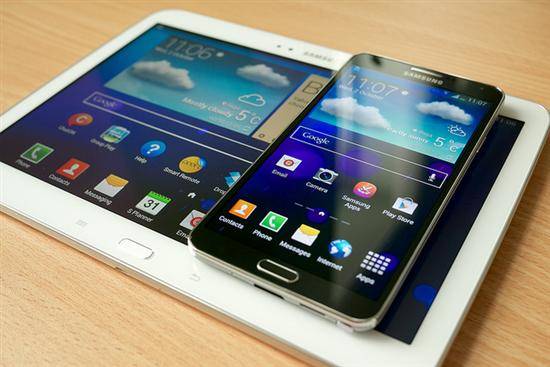
Phablet Size Comparison
In very basic terms, a phablet is a combination of a phone and a tablet, hence the name. You get all the functionality that you'd expect from a smartphone, along with the larger screen more commonly seen on a tablet.
That means that the very obvious pro of owning a phablet is that you have a larger display. You get better viewing, whether for web pages, videos or even presentations or photo editing. You also get a whole lot more space to type in, making a phablet far easier to write on than the fiddly pop-up keyboard that a smartphone offers.
What else are you looking at though? In truth, there aren't huge differences in a phablet, other than that screen size. It's true that the top end tablets tend to be big on specs, slightly bigger even than the top of the line smartphones, but are you going to notice the difference in processor speed? Maybe, maybe not, depending on what you're doing on your phablet.
What a phablet does offer is convenience. You get a little bit of the best of both worlds, without having to carry around both a tablet and a phone, something that some customers find a big selling point. Phablets are particularly popular with business people, students and frequent travellers, all of whom appreciate the convenience of having one device that can do it all.
The Down Side of a Phablet
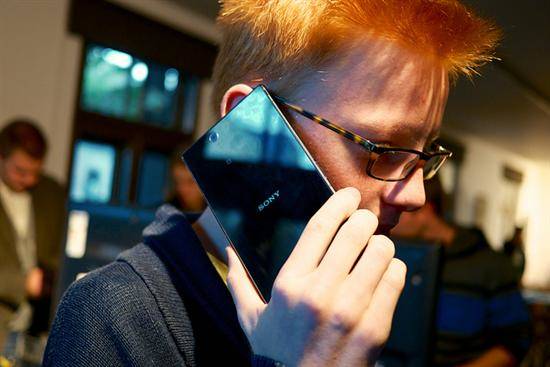
Phablets – Not the Most Portable
There are two disadvantages to owning a phablet, however. One of these quite simply prices. You're going to be paying a pretty penny for the convenience of having a phone and tablet all in one, and even budget models are going to set you back over two hundred pounds. Is it worth paying that much for a bigger screen? That's a choice that you're going to have to make.
The other downside of a phablet is portability. We're so used to slipping our streamlined smartphones into our pockets that the larger size of a phablet can be a serious sticking point for some people. Is it easier to carry around than a tablet? Certainly. But there's none of that portability that we've come to expect from a smartphone.
Whether or not a phablet is for you is a personal choice, and for some, a phablet is a clear option. But if you're shopping for a phablet device, then what should you go for? That really depends on your budget…
Money's No Object
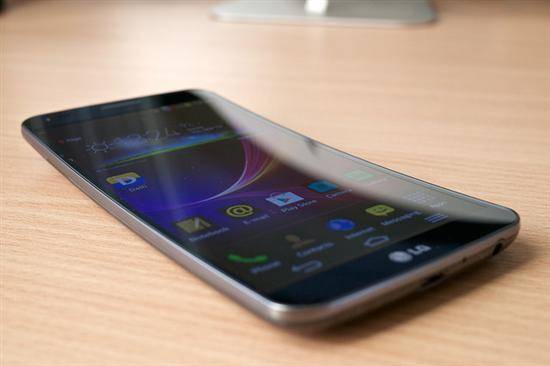
LG G Flex – At the Higher End of the Market
A top of the line phablet is going to run you over six hundred pounds, which is a big investment. You do get big specs for that big investment, however. There are three models that really stand out at the top of the market.
The first of these is the most expensive and the newest model, and it's the LG G Flex. The Flex comes with a six-inch curved screen, designed to eliminate glare, which definitely gives it a space age look. It's also got a quad-core 2.3 GHz processor, 2 GB of RAM and a 13 MP camera on board too. It's fast, good looking and powerful, making the G Flex really a top choice.
The Xperia Z Ultra is Sony's contribution to the phablet market, and its 6.4-inch screen is probably the biggest around at the moment. Again, there's a quad-core processor, 2.2 GHz this time, along with 2 GB of RAM, but only an 8 MP camera, which is pretty disappointing for these kinds of prices. However, the Z Ultra is waterproof, meaning you can safely use it in the bath…
Finally, HTC's offering is the One Max, which, to be honest, is a bit of a let down when compared to the other two top contenders. With a 5.9 inch screen, a mere 1.7 GHz of quad-core processing power, 2 GB of RAM and a puny 4 MP camera, there's little reason to opt for the HTC over the LG or Sony models.
A Little Less
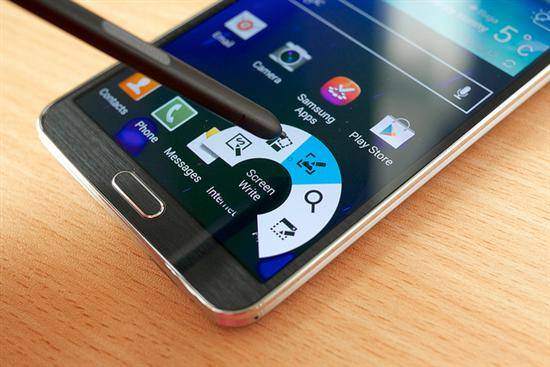
Samsung Galaxy Note 3 – Slightly More Affordable
Even a middle market phablet model will cost you around five hundred pounds or so, which is a fair chunk of change. There are a couple of impressive choices here though.
Samsung have long been the king of phablets with their Note series, and the Galaxy Note 3 is a firm favourite (at least until the Neo upgrade releases in coming months). The Note 3 has a 5.7-inch screen, but that's bested by the power that you get with a quad-core 2.3 GHz processor and a whopping 3 GB of RAM. Oh, there's a 13 MP camera too. The Note 3 really competes with the more expensive top of the line models, and in terms of power comes out on top.
If you fancy a Windows model, then take a look at the Nokia Lumia 1520, a decent Android alternative. A six-inch screen, quad-core 2.2 GHz processor with 2 GB of RAM, and a huge 20 MP camera with Carl Zeiss optics combine to make the Lumia 1520 a very attractive proposition indeed.
On a Budget?
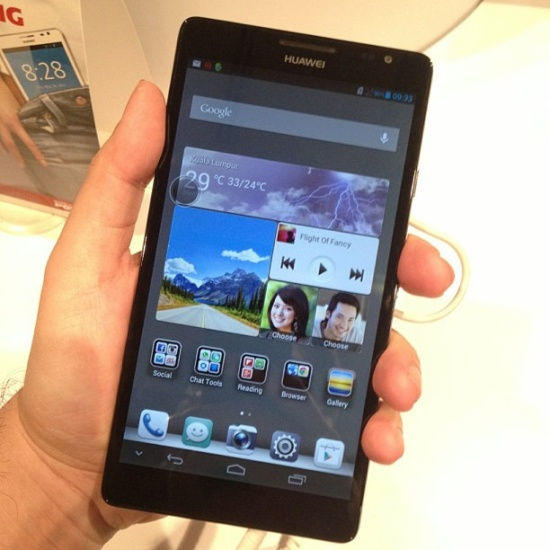
Huawei Ascend Mate – Budget Phablet
What about for those with less to spend? You're not going to get a phablet for cheap, but there are a couple of affordable models that you should keep in mind.
Huawei's Ascend Mate has a very impressive 6.1-inch screen, a sturdy quad-core 1.5 GHz processor, 2 GB of RAM and an 8 MP camera. That's not bad for just a tad over three hundred pounds. You'll be getting sexy slim line design as well, which is always a plus.
Nokia has entered the market with a low-cost phablet that's even cheaper though, retailing for around two hundred and fifty pounds SIM-free. The Nokia Lumia 1320 gives you a six-inch screen, a dual-core 1.7 GHz processor, 1 GB of RAM and a 5 MP camera. Those specs aren't incredible, but the price tag frankly is.
A phablet isn't for everyone. But if you're looking for something that's more than a phone but still has all the functions of your mobile, then any of the models listed above would make a great choice.
The Phablet for iOS Lovers
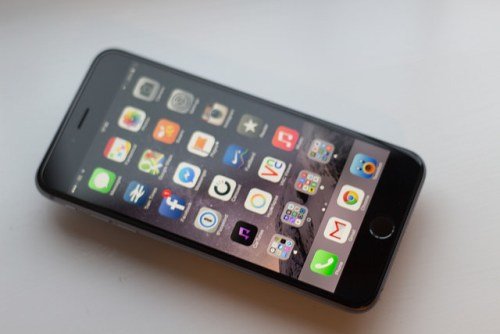
iPhone 6 Plus Phablet
If you're into Apple's iOS, then there's only one choice out there for you. This year, Apple released their first every phablet: the iPhone 6 Plus. What do specs look like? Well, you're getting a 5.5-inch screen, which isn't the largest display available, but it is a full high definition display, so clarity and colour reproduction is excellent. On the power front, the 6 Plus comes with a dual-core 1.4 GHz processor and 1 GB of RAM, so it's not a slouch.
Of course, this is Apple, so there's no expandable memory. You're going to need to choose between a 16, 64 or 128 GB iPhone version. Since most phablet users use their devices for movie watching and storing video files, you'll need to make this choice carefully. However, since this is the only iOS choice, the iPhone 6 Plus is what you're stuck with. It's not a bad choice though, and most users should be more than satisfied with the speeds and performance that the 6 Plus has to offer.
Phablets for Windows Users
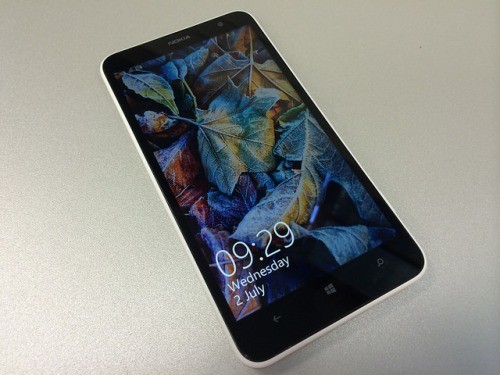
Nokia Lumia 1320 Tablet
If Windows is more your thing, then there are two brilliant phablet options. Both are obviously Nokia Lumia phones as you'd probably expect. The Nokia Lumia 1520 is the high-end Windows phablet, and the Lumia 1320 is the more budget friendly version.
The Lumia 1520 is giving you a full six inch, high definition screen, so there are no complaints there. You'll be running a quad-core 2.2 GHz processor and 2 GB of RAM for super fast speeds. There's even a 20 MP camera thrown in with Carl Zeiss optics, so you're going to be getting some pretty sweet snaps.
The budget Lumia 1320, of course, is slightly lower spec. You're still getting a six-inch screen, though the resolution is slightly lower and the picture isn't quite as sharp on the 1320. Power wise you're looking at a dual-core 1.7 GHz processor with 1 GB of RAM, so not quite as fast either, but still pretty snappy.
The good news is that both the Lumia versions come with a micro SD card slot so that you can add up to 64 GB of additional memory, always nice when you want to store that new season of Game of Thrones to watch on your morning commute…
Phablets for Android Fans
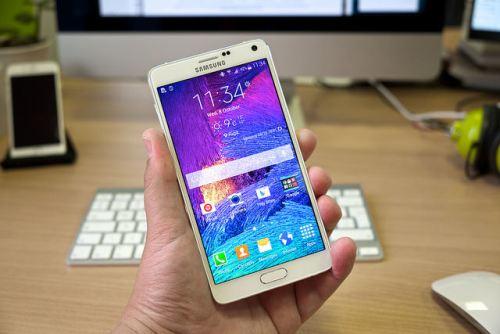
Samsung Galaxy Note 4 Phablet
Android users are getting a lot more choice in the phablet market than anyone else, and it's pretty tough to choose the best of the best. There are really three top-end phablets that cut the mustard, along with a couple of more budget-friendly versions.
The first of the big ones has to be the new Samsung Galaxy Note 4. Samsung's Note series were the first real phablet devices, and the Note 4 is pretty high end. It's got a 5.7 inch super high definition display (that's 1440 x 2560, so awesome clarity), and runs a quad-core 2.7 GHz processor and 3 GB of RAM, making it one of the fastest mobiles around. It's also got expandable storage for up to 128 GB of additional space.
Next up is the Sony Xperia Z Ultra. This is one of the largest screens on shelves right now, measuring in at 6.4 inches, and it's high definition too. On the power front, there's a quad core 2.2 GHz processor and 2 GB of memory, and expandable memory lets you add up to 64 GB of storage space. The Z Ultra is waterproof too, just in case you're accident prone.
The last of the high-end Android phablets is going to be the HTC One Max. This is the only big phablet that HTC make, and for those that prefer the One user interface (particularly business users) then the One Max is a clear choice. It's got a 5.9-inch high definition display and runs a quad-core 1.7 GHz processor with 2 GB of RAM. Expandable storage is up to 64 GB. It's not the highest spec device around, but HTC fans will be more than happy with the performance.
If we're looking at more affordable Android phablets then there are a couple of stand out choices. One is the newly released Samsung Galaxy Mega 2. This sports a six-inch screen, though it's not high definition. It does have a quad-core 1.5 GHz processor and 1.5 GB of RAM though, so you're not compromising too much on speed. Expandable memory is up to 64 GB.
The second affordable choice comes from Chinese manufacturer Huawei. The Huawei Ascend Mate 7 is the successor of the original Ascend Mate, which was one of the best low-cost phablets around. This new 7 version offers a whole lot more though, and still for an affordable price. It's got a six-inch high definition screen and runs a quad-core 1.8 GHz processor and 3 GB of RAM, so there's tons of power.
Phablets do seem to be ten a penny these days, and getting the right big screened device can seem overwhelming. However, these are, in our opinion, the best bets around. So whatever your budget, and whatever your OS preference, there's a phablet out there for you. All you need to do is choose which of our recommendations fits your needs.

